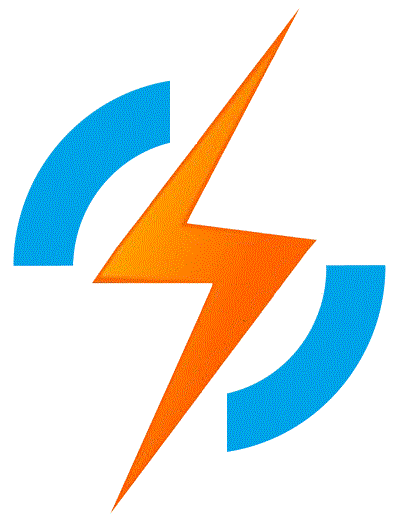DC Machines
D.C. Machines : Principles and Construction Introduction to DC Machines Construction of a DC machine E.M.F. Equation Working principle as a Generator or as a Motor Types of Armature winding Lap winding and Wave winding (concept of simplex, duplex & multiplex winding) Magnetization curve of DC machines Torque Losses & efficiency of DC machines … Read more
